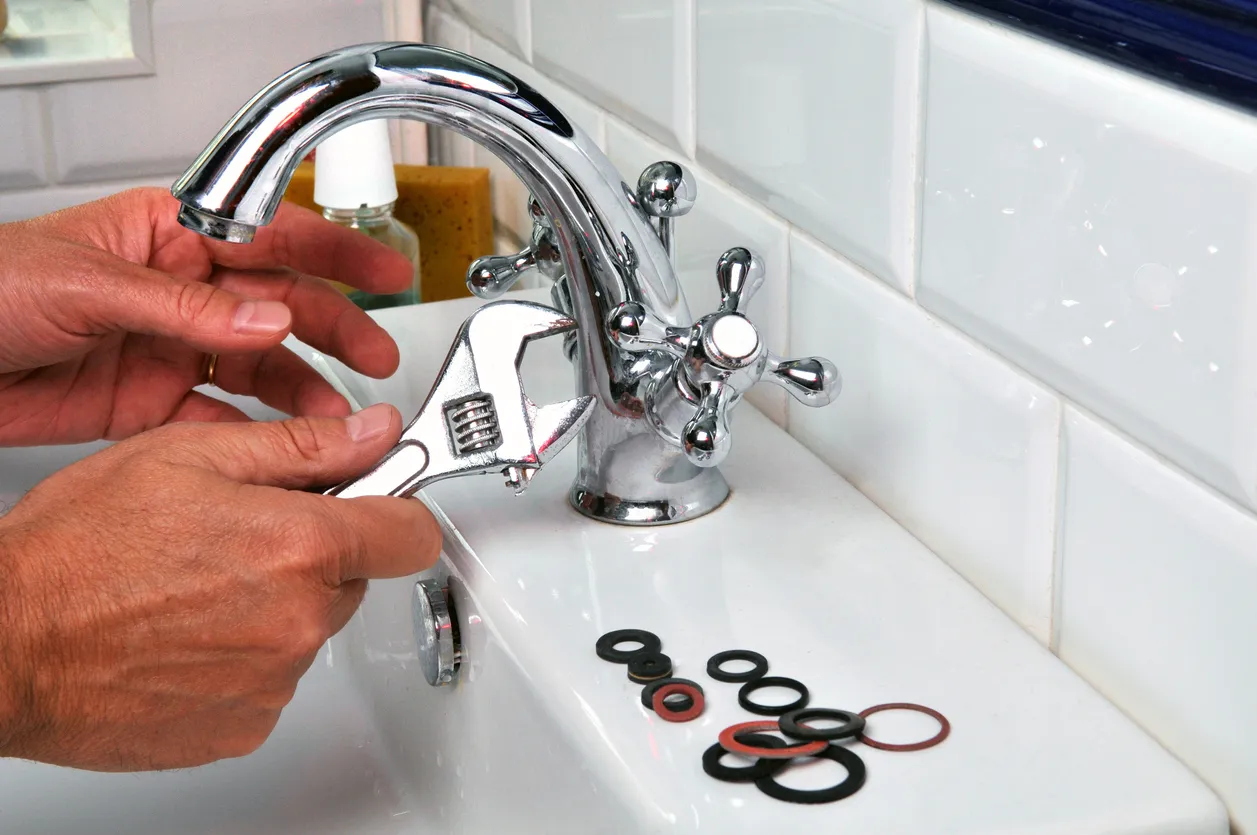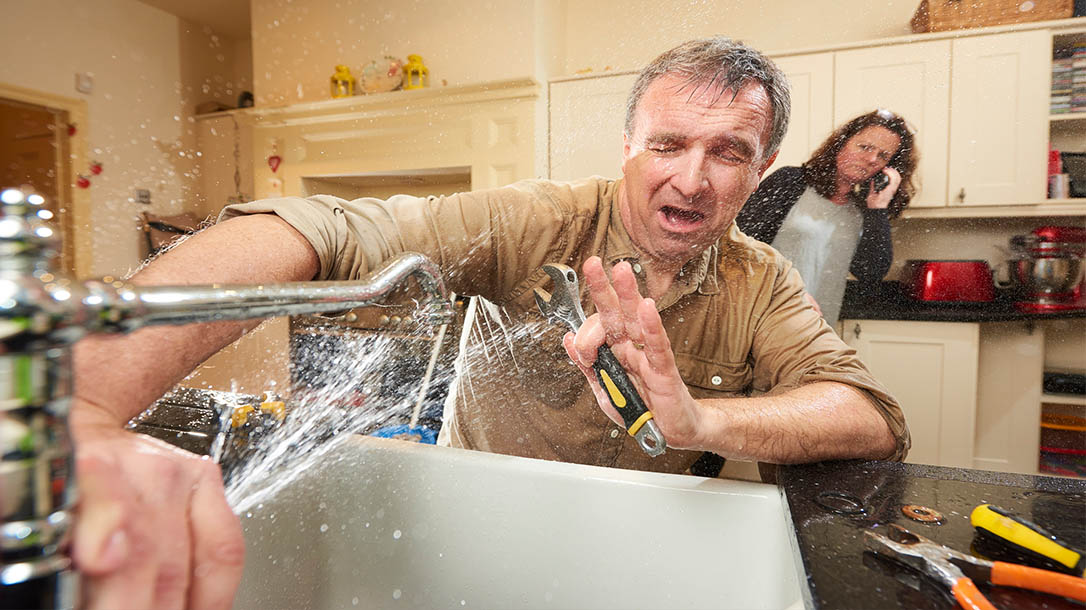In this article underneath yow will discover a good deal of quality answers about Leaky Faucets: Why They Happen & What to Do About Them.

Trickling taps may feel like a minor aggravation, yet their effect goes beyond just the nuisance of the noise. From wasting water to incurring unneeded financial costs and health and wellness risks, ignoring a trickling faucet can lead to different effects. In this post, we'll look into why it's important to resolve this common family issue without delay and efficiently.
Waste of Water
Ecological Effect
Leaking taps add significantly to water waste. According to the Epa (EPA), a solitary tap trickling at one drip per second can squander greater than 3,000 gallons of water annually. This not only strains water resources however also affects communities and wildlife dependent on them.
Financial Costs
Increased Water Costs
Past the ecological effect, leaking taps can inflate water costs substantially. The collected waste with time converts right into higher utility expenses, which could have been prevented with timely repair work.
Prospective Building Damages
Additionally, extended leaking can result in damage to fixtures and surface areas bordering the tap. Water build-up can create staining, corrosion, and even structural issues if left ignored, leading to extra repair work expenses.
Wellness Worries
Mold and Mildew Development
The constant existence of dampness from a dripping faucet develops an optimal setting for mold and mildew growth. These fungis not just endanger interior air quality but likewise present wellness threats, particularly for individuals with respiratory conditions or allergies.
Waterborne Diseases
Stagnant water in dripping taps can come to be a breeding ground for bacteria and other pathogens, raising the danger of waterborne illness. Pollutants such as Legionella microorganisms grow in stationary water, possibly causing severe ailments when ingested or inhaled.
Do it yourself vs. Specialist Fixing
Benefits and drawbacks of Do It Yourself Repair Service
While some may attempt to fix a trickling faucet themselves, DIY fixings feature their very own set of obstacles. Without appropriate understanding and devices, do it yourself attempts can worsen the issue or bring about incomplete repairs, extending the problem.
Advantages of Employing a Specialist Plumber
Hiring a specialist plumber guarantees that the underlying source of the dripping faucet is resolved effectively. Plumbing technicians have the competence and tools to identify and fix tap concerns efficiently, saving time and decreasing the risk of additional damages.
Step-by-Step Guide to Repairing a Dripping Tap
Tools Called for
Prior to trying to fix a leaking tap, collect the essential devices, including a flexible wrench, screwdrivers, replacement components (such as washers or cartridges), and plumber's tape.
Usual Faucet Issues and Their Solutions
Recognize the kind of tap and the particular concern causing the drip. Usual problems include damaged washers, corroded shutoff seats, or faulty O-rings. Refer to producer guidelines or online tutorials for step-by-step support on fixings.
Preventive Measures
Routine Upkeep Tips
To stop trickling taps, perform routine upkeep such as cleansing aerators, inspecting for leaks, and replacing worn-out parts promptly. Additionally, consider installing water-saving devices or upgrading to extra effective fixtures.
Significance of Prompt Repairs
Addressing trickling taps as soon as they're discovered prevents more water waste and possible damages, ultimately saving both water and money in the long run.
Impact on Building Worth
Assumption of Well-Maintained Building
Keeping a residential or commercial property in good condition, including addressing upkeep problems like leaking taps, enhances its perceived worth and value among possible purchasers or tenants.
Impact on Resale Value
Characteristics with well-maintained plumbing components, including taps, command greater resale values in the realty market. Addressing dripping faucets can add to a favorable perception throughout home inspections and settlements.
Ecological Responsibility
Specific Payment to Preservation
Taking duty for fixing trickling taps lines up with broader initiatives towards water conservation and ecological sustainability. Every person's actions jointly make a considerable impact on protecting precious sources.
Sustainable Living Practices
By focusing on prompt fixings and adopting water-saving behaviors, individuals add to sustainable living practices that profit both existing and future generations.
Conclusion
Dealing with a trickling tap goes beyond simple convenience; it's a necessary action toward conserving water, minimizing economic prices, and safeguarding health and wellness and building. Whether with DIY fixings or expert assistance, acting to fix leaking taps is a tiny yet impactful way to advertise accountable stewardship of sources and contribute to a healthier, much more sustainable future.
How to Fix a Leaky Faucet: Step-by-Step Repair Guide
A leaky faucet may seem like a simple annoyance, but if it's not fixed promptly, that leak could cost hundreds to potentially thousands. From water damage to mold, mildew, and high water bills, even a tiny leak can be catastrophic if left unattended. Damage like this can even affect the overall value of your home, so it's important to take the right approach for leaky faucet repair. You may need the help of a plumber in some cases, but we've got a few tips you can try on how to fix a leaky faucet before calling the pros.
Four Faucet Types
When you're learning how to fix a leaky faucet, the first step is knowing what kind of faucet you're working with! There are four common types.
Cartridge Faucets
Cartridge faucets come in one- or two-handled varieties. In one-handled cartridge faucets, hot and cold water combines in a single cartridge. In the two-handled versions, hot and cold water are controlled separately and mixed in the faucet.
Ball Faucets
Ball faucets have a single lever you push up and down to adjust the pressure and rotate to change the temperature. A slotted metal ball controls the amount of water allowed into the spout.
Compression Washer Faucets
They're the oldest type of faucet, but they're still used in many homes — especially older ones. Compression faucets have two separate handles that, when turned, raise or lower the washer that seals a water valve. This valve stops water from flowing through the faucet when it is turned off.
Disc Faucets
Disc faucets rarely need to be repaired due to their maintenance-free design. The water flow is controlled by two discs — the upper one raises and lowers against a fixed lower disc, creating a watertight seal. If your disc faucet starts leaking, you may need to replace the seals or clean residue buildup from the inlets.
Fixing a Leaky Faucet
Step 1: Turn Off the Water
Whether you're learning how to fix a leaky bathtub faucet or how to fix a leaky kitchen faucet, always turn off the water supply to your working area when you're fixing a leak. The last thing you want is a flood added to your list of things to fix.
Look for the shutoff valves below your sink or around the tub and turn them clockwise to stop the water flow. If your faucet doesn't have shutoff valves, you may need to turn off the water for the whole house. Check to make sure it's off by turning the faucet on. If nothing comes out, you're ready to start the repair.
Step 2: Take Apart the Faucet
How you disassemble your faucet depends on the type of fixture you have. You can use a flathead screwdriver to remove the caps on top of the handle or handles for cartridge and compression faucets. Inside, you should see handle screws. Unscrew these with a screwdriver to remove the handle.
Disc- and ball-style faucets will typically have an inlet screw near the handle, and removing that will reveal the interior of the faucet.
Detach the Valve Stem
For cartridge- and compression-style faucets, you'll see the inner valve stem or cartridge once you remove the faucet handles. If you have a compression faucet, unscrew the brass valve stem. If you have a cartridge faucet, pull out the cartridge. If your cartridge has been in place for a while, it may require some tools or extra force to remove it due to mineral deposits.
Examine and Replace Parts
Once you've removed the parts, check them out to confirm what needs to be replaced. You may see corroded rubber washers, O-rings, stems, or cartridges. On a ball-style faucet, check the seats and springs for damage.
If you need to repair a leaky disc faucet, check the inlet and seals on the lower disc.
Once you determine what parts must be replaced, visit your local hardware store. Bring the damaged parts with you to ensure you can purchase the correct components to replace them.
Clean Valves and Faucet Cavity
If you've removed a stem or cartridge, you may notice mineral buildup in the faucet's threads. Use white vinegar to clean the valve seat by soaking it for a few minutes, then scrub it away with a soft toothbrush and rinse with warm water. You can also clean the interior of the faucet in the same way.
Reassemble the Faucet
Once your faucet is cleaned and the required parts have been replaced, it's time to reassemble it. Put the pieces back together and slowly turn the water supply back on. Doing this slowly is crucial because too much initial water pressure can damage the new hardware you've just installed.
https://homewarranty.firstam.com/blog/how-to-fix-leaky-faucet

I am just very occupied with 4 Common Reasons for a Leaky Faucet and I hope you enjoyed reading the new post. Please take the opportunity to promote this blog if you enjoyed it. Thanks a lot for taking the time to read it.